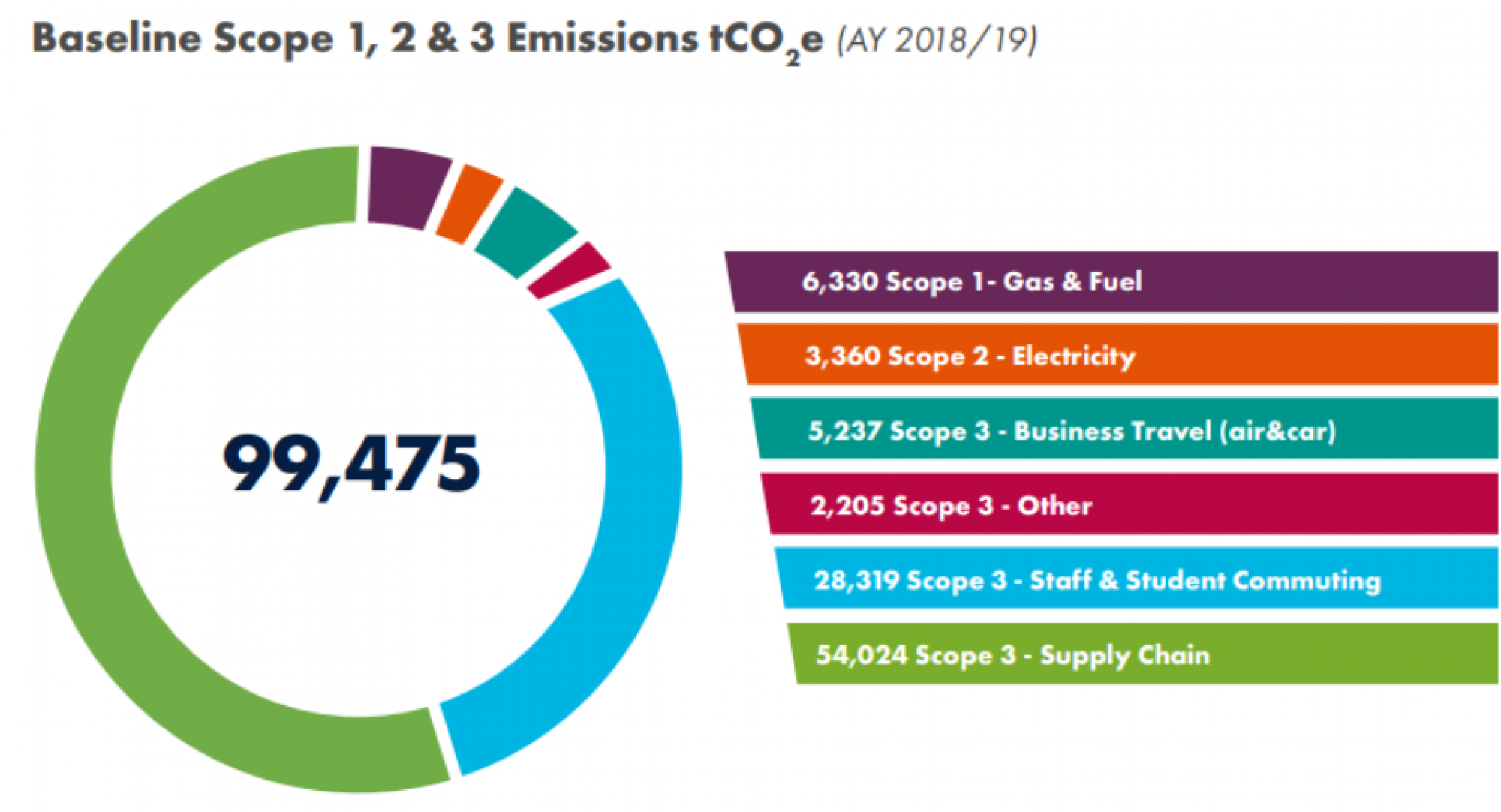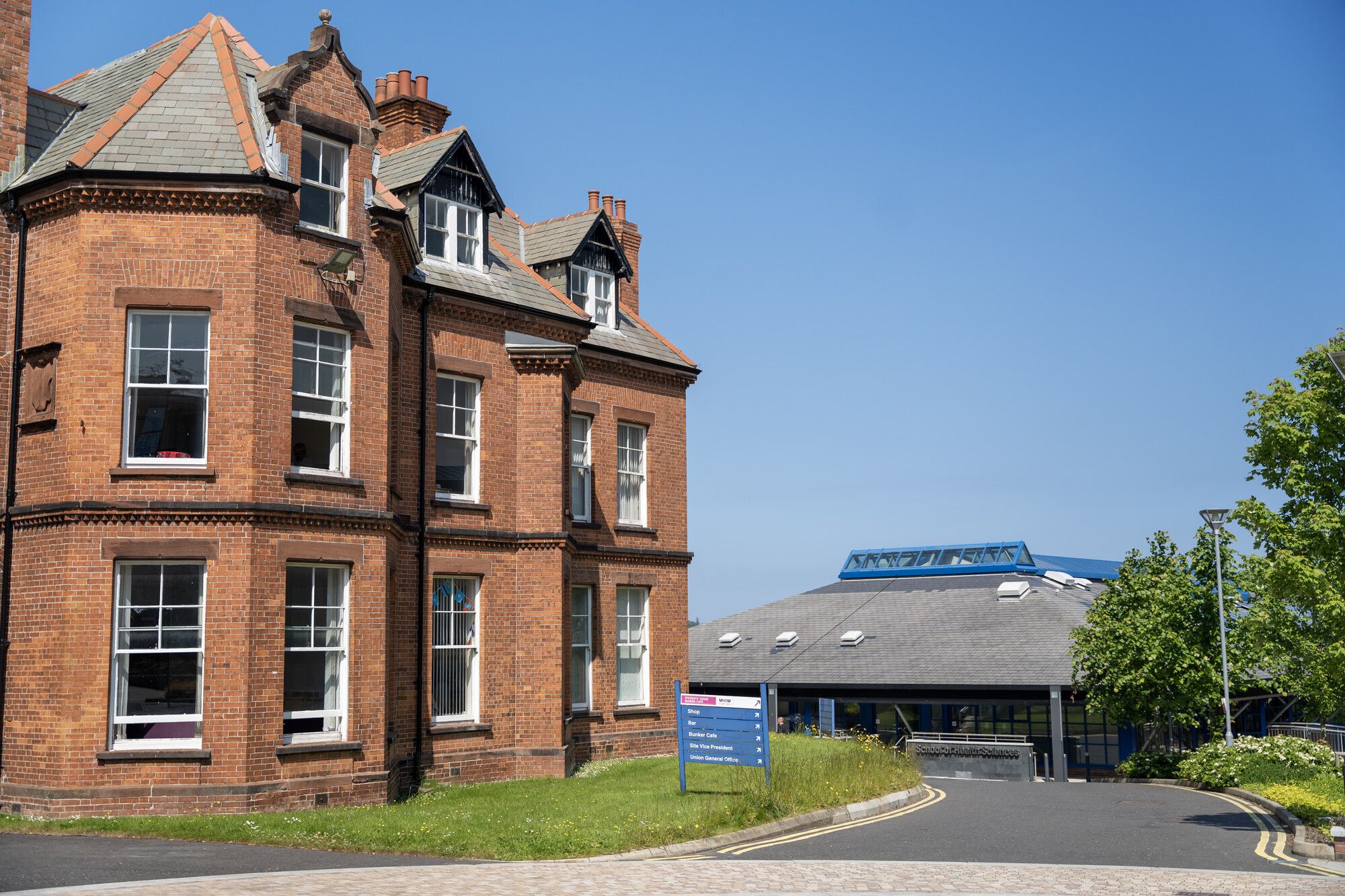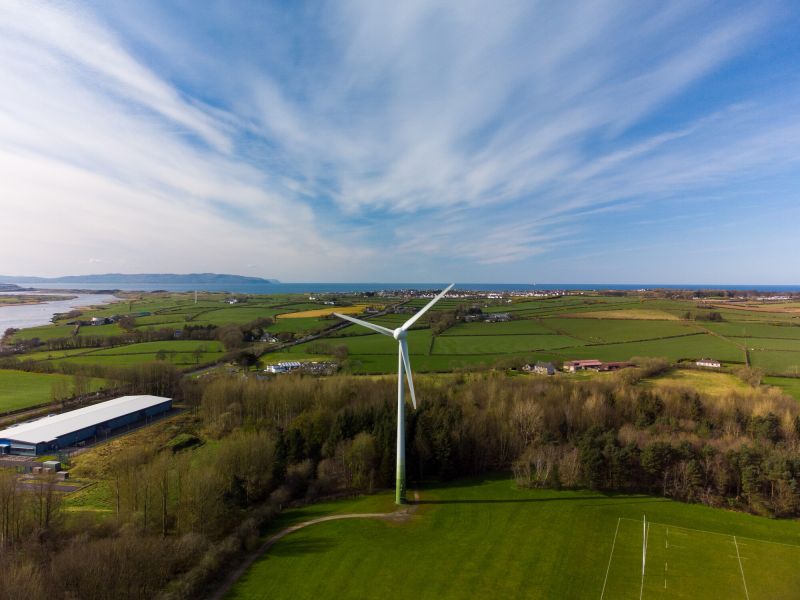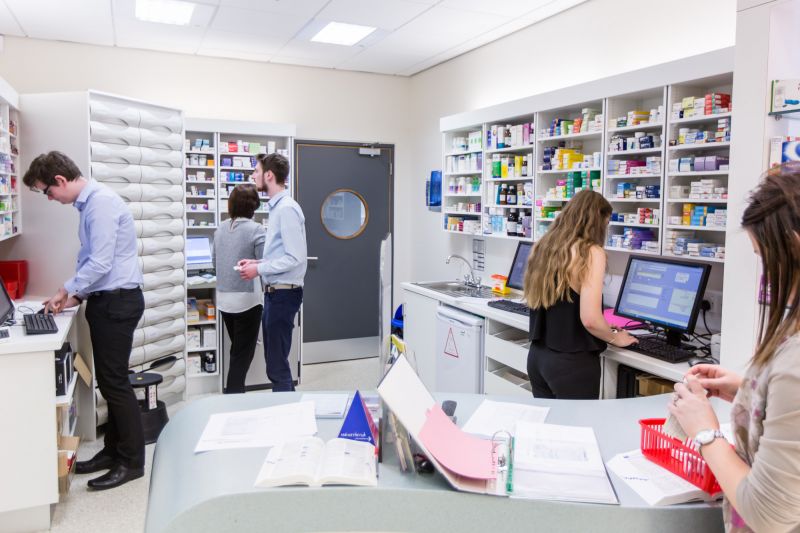Page content
At Ulster University, we have a target to reach Net Zero carbon emissions by 2050.
Our carbon emissions arise as a result of campus heating (Scope 1), campus electricity usage (Scope 2) and indirectly as a result of our operations (Scope 3), i.e. from purchased goods and services, waste management, water use, etc.
We have made excellent progress in reducing our Scope 1 and 2 emissions, reducing from 19,889 tCO2e in 2005/06 to 7,754 tCO2e in 2023/24.
We monitor and measure our Scope 1, 2 and 3 emissions, reporting on them via our Annual Sustainability Report and the HESA Estates Management Record.
Baseline Assessment
In 2018/19, we completed a carbon emissions baseline assessment covering our Scope 1, 2, and 3 emissions. This gave us a clear understanding of our emissions sources and highlighted the key areas where action is most needed.
Baseline Assessment

Net Zero Modelling
The Net Zero Modelling Project presented a series of decarbonisation pathways, with different target dates depending on levels of investment and action taken.
Net Zero Carbon Pathway
- Campus and building portfolio assessments and detailed strategies for reducing electrical and heat demand, phasing out gas usage and assessing embodied carbon on future new build and retrofit construction.
- The creation, adoption, and implementation of relevant policies.
- Focused engagement with key stakeholders, such as suppliers, local government authorities and the student body, to achieve the emissions reduction targets.
- Target-setting for supply chain decarbonisation to reduce upstream Scope 3 emissions.
- Regular annual assessments of carbon emissions to ensure decarbonisation is proceeding at an optimal rate consistent with the net zero carbon roadmap.
- Improvement of data quality and collection processes.
Net Zero Buildings

Net Zero Buildings
We carried out a building decarbonisation feasibility study, selecting six buildings from two campuses. This study explored various options for refurbishment and service upgrades, assessing costs, risks, benefits, and overall impact.
Scope 3 Emissions
Measuring and reducing our indirect (Scope 3) emissions is essential for achieving a full picture of our carbon impact and making meaningful progress towards Net Zero.The Baseline Assessment identified our top three most significant Scope 3 emission sources, including purchased goods and services (including construction), staff and student commuting, and business travel.See below how we are measuring and reducing our Scope 3 emissions.
We use the Net Zero Carbon Supplier Tool to better understand and manage the carbon impact of our supply chain.
The tool helps us move beyond estimating emissions based on our spending, and instead uses real data from our suppliers to calculate more accurate Scope 3 emissions linked to the goods and services we buy.
Suppliers are asked to submit their Scope 1 and 2 emissions data through the platform, allowing us to build a more detailed and credible picture of our supply chain emissions and identify opportunities for engagement and reduction.
The University campus Travel Plans outline a range of active and sustainable travel options to and from campus along with a programme of communications and incentives.
The University is in the process of developing a consolidated Travel Plan to cover all campuses.
The University’s Travel and Transport Project Board has responsibility for reducing single occupancy car travel to campus and for promoting active and sustainable travel options and infrastructure.
Estates Services conduct a biennial Travel Survey to better understand how staff and students travel to campus. The insights gathered help inform our Scope 3 emissions calculations.
A Sustainable Travel for Business Review Group has been recently established to design a set of business travel principles to reduce carbon emissions associated with business travel.
The Ulster University Travel, Expenses and Hospitality Policy requires all staff to consider the associated environmental impacts of travel related carbon emissions and consider if journeys are necessary before booking travel.
Staff are also encouraged to prioritise low-carbon travel options through sharing car journeys with colleagues attending the same meetings and scheduling more than one meeting on the day of travel to reduce the number of journeys undertaken.
All business travel at the University is either booked through our official travel agent or claimed via staff expenses. We collect data from both sources to calculate our annual carbon emissions from business travel.
Latest Carbon Emissions

Path forward
To reduce our Scope 1 emissions we are replacing older buildings, improving insulation, and switching to low-carbon heating systems like heat pumps, moving away from fossil fuels.
For Scope 2, we are expanding the use of on-campus renewable energy, improving energy efficiency across our buildings, and benefitting from the ongoing decarbonisation of the national electricity grid.
To tackle Scope 3, we are taking action across our value chain, including working closely with suppliers to lower emissions in our supply chain, promoting sustainable travel and commuting, and reducing waste across the University.
This plan will be regularly reviewed and updated to reflect new technologies, opportunities, and the evolving needs of the University. Progress will be reported on in the University’s Annual Sustainability Report.

















